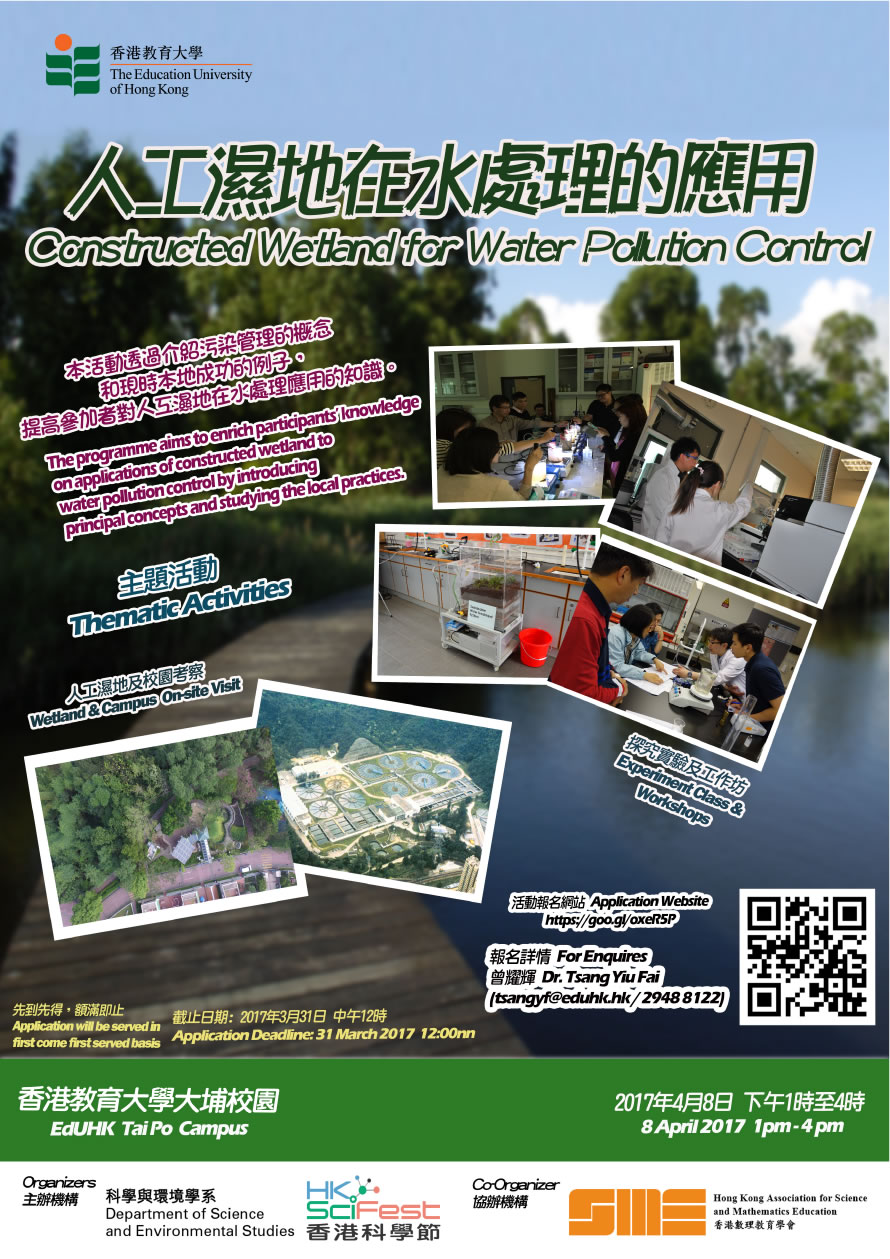

 |
Speaker
Dr. TSOI Kwok Ho, SES, HKIEd
Abstract
The kuruma shrimp Penaeus japonicus Bate, 1888 is widely distributed throughout the Indo-West Pacific. My study recognizes two morphologically similar varieties, I and II, from the South China Sea. Analyses of mitochondrial (mt) and nuclear DNA markers show that the two varieties characterizing by different color banding patterns on the carapace are genetically distinct. Phylogenetic study reveals that the two varieties are more closely related to each other than to the other phylogenetically related Penaeus species. No evidence of hybridization between these two varieties reveals that the varieties are probably cryptic species of a complex. Their biogeographical distributions were further studied from 10 localities in western Pacific and two more Mediterranean populations. Based on the analyses of microsatellite loci, and mtDNA markers and its restriction profiles, the shrimps are differentiated into two distinct clades representing the two varieties respectively. Variety I comprises populations from Japan and southern China (including Taiwan), while variety II consists of populations from Southeast Asia (Vietnam, Singapore and the Philippines), Australia and the Mediterranean. The Australian population is genetically diverged from the others, whereas the Southeast Asian and Mediterranean populations show a close genetic relationship. Variety I does not occur in these three localities, while variety II was found along the northern coast of South China Sea and Taiwan, which constitute the sympatric zone of the two varieties. The results are essential not only for gaining a new insight into its evolutionary history, but also for the improvement of aquaculture development programs and the fishery management of this important biological resource.








